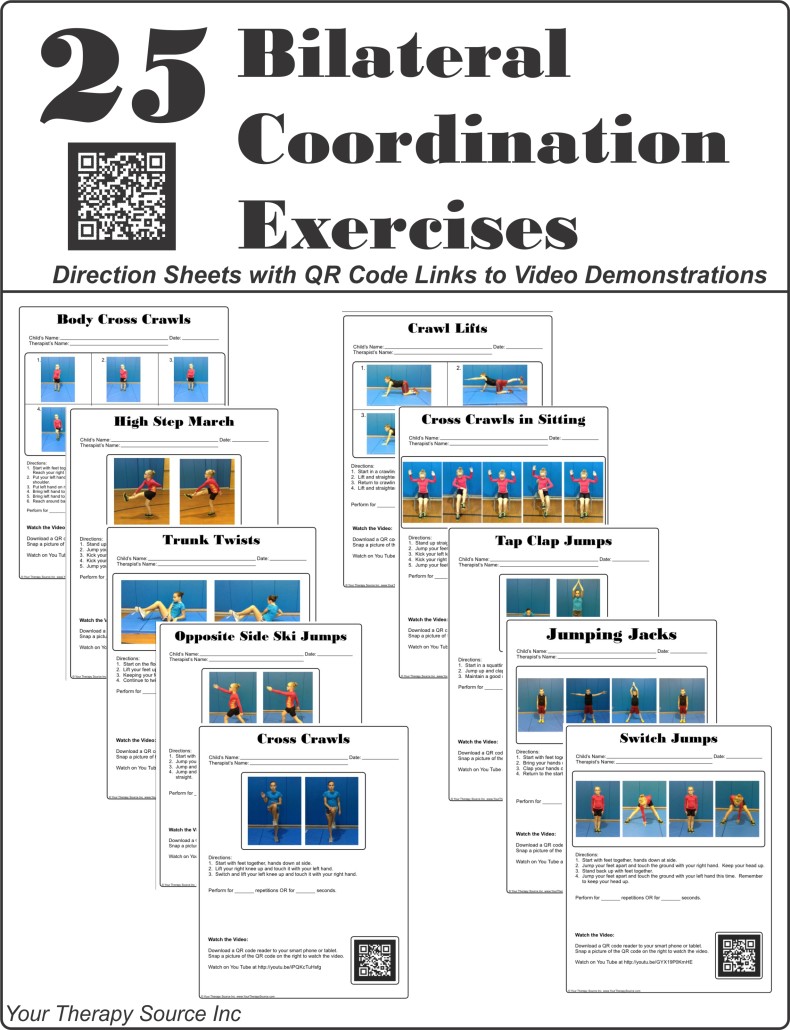Screening Tests for Vestibular Dysfunction in Children

The Hearing Journal recently published research on screening for vestibular dysfunction in children with hearing impairment. Children with hearing impairment frequently experience vestibular dysfunction but it may go unreported.
Research on Vestibular Dysfunction in Children with Hearing Impairment
Research indicates that children with hearing impairment may have vestibular loss as well. This may be indicated by the following:
- children who exhibit hearing and vestibular loss may learn to walk later.
- bike
riding, and other balance related gross motor skills may be difficult to learn. - reading acuity may be impaired.
It also important to keep in mind that cochlear implant failure may be directly related to vestibular loss.
Screening Tests for Vestibular Dysfunction in Children
Several screening tests have been used to determine vestibular dysfunction in children with hearing impairment. For example, using a cutoff of four seconds was the most sensitive measure for identifying the risk a total vestibular loss on the balance subsection of the Bruininks Oseretsky Test of Motor Proficiency II.
Children with greater hearing loss and who exhibit gross motor delays (sitting after 7.25 months and walking after 14.5 months) may require comprehensive vestibular testing.
Pediatric audiologists at Cincinnati Children’s Hospital use 4 tests to screen for vestibular ocular reflexes and balance. If anyone does not pass any of the 4 screening tests, the children are referred for comprehensive vestibular testing. The 4 screening tests are:
- Head Impulse Test (read more here)
- Dynamic Visual Acuity Screening (watch a video of the Dynamic Visual Acuity test)
- Single Leg Stance
- Standing on Foam with Eyes Open/Closed
Results of the Screening Tests for Vestibular Dysfunction in Children
The research indicated that the children who were referred for comprehensive screening at the Cincinnati Children’s Hospital
- 50% of the children had
bilateral vestibular loss - 31% had peripheral vestibular system involvement
- one child had a normal examination
- two children had central vestibular dysfunction
The children with vestibular loss began treatment for vestibular rehabilitation.
Reference:
Castiglione, M., & Lavender, V. (2019). Identifying Red Flags for Vestibular Dysfunction in Children. The Hearing Journal, 72(3), 32-34. Read the full study here.
Resource to Help Children with Balance Skills
25+ Bilateral Coordination Exercises is a collection of bilateral coordination exercise sheets including QR codes with links to a video demonstration of exercises.
These activities
Resource to Help Children with Sensory Processing
The Sensory Lifestyle Handbook (digital download) is your strategy guide for turning sensory diets and sensory activities into a sensory lifestyle. Written by Occupational Therapist, Colleen Beck, The Sensory Lifestyle Handbook includes a 133 page PDF document filled with information on the sensory system and the whole child, sensory diets and how to create a lifestyle for sensory success. This book is suitable for therapists, parents, teachers or anyone who wants to help children with their sensory needs.
Read More on the Vestibular System
VESTIBULAR EXERCISE PROGRAM HELPS INCREASE BALANCE AND AGILITY
10 CALMING VESTIBULAR ACTIVITIES FOR THE CLASSROOM






